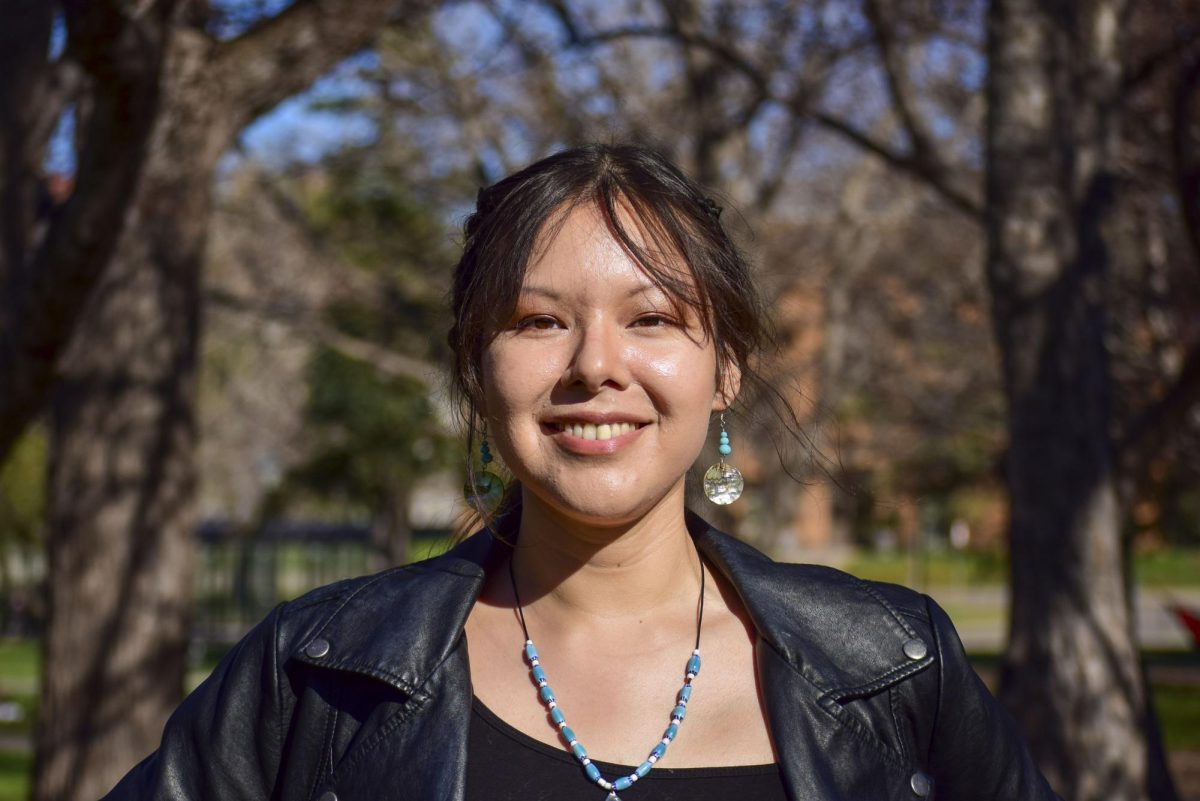As bulldozers and cement mixers revamped the West Bank riverfront Monday, Archaeology Week organizers reminisced about the immigrant community and breweries that occupied the space last century.
More than 40 talks, exhibits of artifacts and simulated digs are scheduled to occur statewide during the festival that runs through Sunday.
“This is a week for everyday people who are fascinated about the past,” said James Myster, statewide coordinator of the event.
It aims to encourage public involvement in archaeology and foster public stewardship of Minnesota’s heritage resources.
The University will play host to the keynote address Wednesday at Coffman Union. Pamela Cressey, a nationally renowned archaeologist, will deliver the speech.
Cressey, the city archaeologist for Alexandria, Va., uses her findings to challenge the truth behind national myths like Pocahontas, the first Thanksgiving and George Washington’s cherry tree.
Although developments have destroyed many relics, the campus area still contains Native American and European American artifacts, said anthropology professor Guy Gibbon.
In 1993, a Minnesota artifact collector found a “Clovis” projectile point on a bluff near the Washington Avenue Bridge. Clovis is the earliest class of arrow or spear point found in North America.
“This one dates back 11,000 years ago,” Gibbon said. “It’s the earliest human-made thing in the state of Minnesota.”
The most recent excavation to occur on campus was conducted by Scott Anfinson, the archaeologist for the State Historic Preservation Office.
In the early 1980s, Anfinson performed a survey preceding the development of the West River Parkway to ensure the preservation of natural and historic resources. The parkway runs under the Washington Avenue Bridge.
Anfinson researched literature on the area now occupied by the West Bank campus and discovered it was home to a town called Bohemian Flats in the mid- to late-1800s. The town was home to many lower-class immigrants and artists and became a “counter-culture community,” Anfinson said.
The dig began in 1983 and uncovered remains of two large breweries. The Heinrich Brewery sat north of the Washington Avenue Bridge, by the railroad ties; the Norenberg Brewery was situated where the music school is today.
“It became a party area. It was the only area on Sunday where you could find a beer. The workers rolled out a keg on Sunday,” Anfinson said.
Excavations were complicated by a foot-thick layer of concrete where a coal pile used to cover the remains of Bohemian Flats. Myster said understanding the area’s heritage is the point of Archeology Week.










